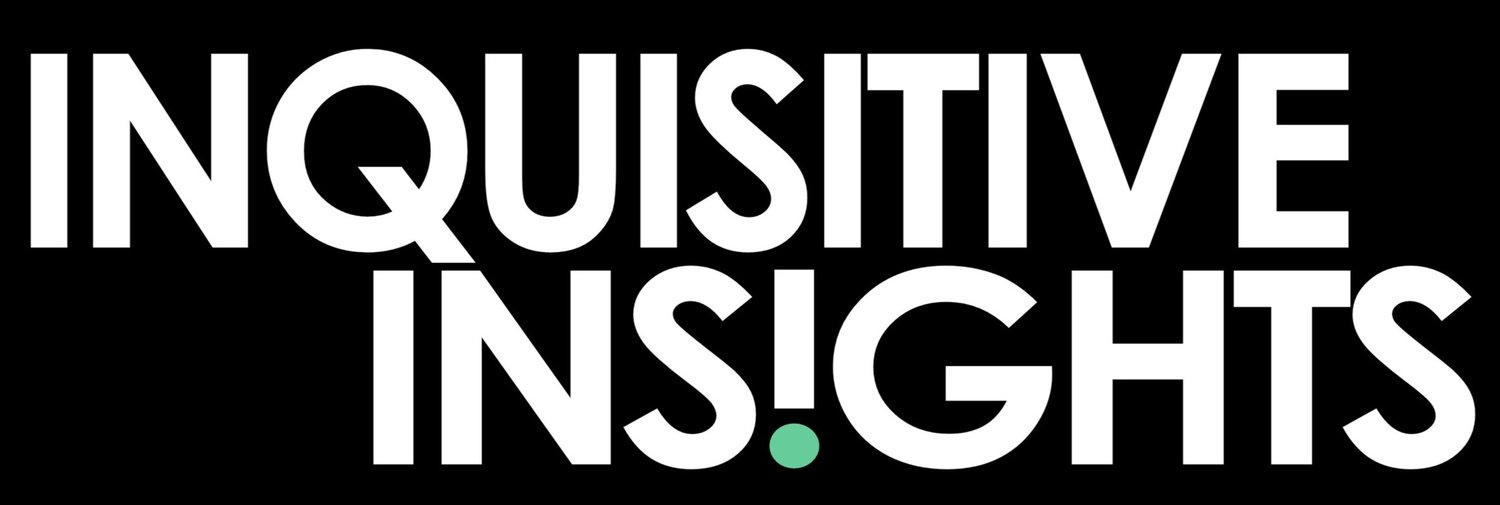New Year, New Insights: 5 Steps to Building an Effective Consumer Research Strategy
Picture this: it's the start of a new year, and your team is brimming with ideas for growth. But how do you ensure those ideas align with what your consumers actually want? That’s where a solid annual consumer research strategy comes in.
A well-planned consumer research strategy is the foundation for smart, consumer-driven growth whether you're launching new products, fine-tuning your messaging, or exploring untapped markets. Think of it as your roadmap, guiding your decisions with clarity and confidence while helping you avoid costly missteps.
To get you started, we’ve broken the process into five simple steps to help you create a consumer research strategy that drives smart, consumer-driven growth:
Step 1: Set the Agenda Like a Boss
What do you want to learn this year? That might seem like a simple question, but take the time to look at your priorities for the year and then break them down into questions that you will need to be able to answer about your customer, your industry, your internal teams and processes, and your brand, and you might be surprised at how much there is to learn.
Start by listing these questions, then go back and prioritize them by potential impact to the business. And when we say impact to the business, we mean asking yourself “What impact could making an incorrect assumption here have on our business?” This can clarify your consumer research priorities pretty quickly.
Step 2: Build Your Power Squad
Who else might have these same questions? Who else might benefit from the answers?
Consumer research isn’t a solo sport. Bring in the heavy hitters from marketing, product, and beyond. A killer team means sharper questions, better insights, and—let’s be honest—more budget.
Collaborating with teams across marketing, R&D, product, customer experience, and sales can help shape a more comprehensive research plan. This expanded view of what the company needs to learn could help you re-prioritize your research needs, while also opening the door for cross-functional leadership support that comes with additional budget for consumer research.
Step 3: Know Your Audience
Who do you need to talk to? Whether your brand has multiple established audience segments or is still working on defining a target persona, you’re going to need to think through who it is that holds the answers you seek. This could involve current users, potential customers, or entirely new demographics you want to understand better. Your audience may vary by priority or initiative, which is usually a good indication that you’ll need more than one research project and a helpful thing to know before you allocate your research budget.
Step 4: The 12-Week Rule
By when you do need to know what? If you already have an idea of when you’re going to need to make major recommendations or deliver on your initiatives for the year, back that out into a loose timeline of when you need to start conducting research. This should include aligning with important dates on the marketing or product calendar.
Now, here’s the 12-Week Rule: if you know you’ll need to have your consumer insights ready to act upon by a certain date, plan to kickoff that research project a minimum of 12 weeks earlier. Obviously actual research timelines could be longer or shorter depending on the specific need, but if you’re at least building in those 12 weeks, you’ll find yourself in a much better position throughout the year. (For the record, Inquisitive often completes client projects in 6-8 weeks, but that usually happens after weeks of internal decision-making on the client side.)
It’s key here to leave room in the schedule for potential shifts and new priorities that could emerge during the year. This is not going to be a final timeline, but it’s going to help you at least put research needs in chronological order of need and let you see where there might be overlap.
Step 5: Budget Like You Mean It
Do you have the budget to do all of this research? Put your money where your strategy is. Whether you’re bootstrapping or going all out, know what’s doable and where to invest for maximum impact. A trusted partner can help you make every dollar—and insight—count.
A good consumer research partner will be able to provide you with recommended methodologies based on your objectives, and give you an honest answer on how far your research budget can go.
There are typically multiple ways to approach any given question and an experienced partner will be able to assess the size of sample you need (often one of the biggest factors when it comes to cost) and the most effective way to uncover the insights you need. Then together, you can decide what type of research you’re going to conduct and map out a realistic timeline.
And guess what? If you’re clear on your objectives, your priorities, your budget, your timeline, and what it’s going to take to get you there….you’ve got a consumer research strategy!
Planning for consumer research on an annual basis sets a clear, intentional path for the year ahead. It will make your research investment go further and will set you and your teams up for success.
Imagine acting with agility, making better-informed decisions, and ensuring that every insight generated is leveraged to drive meaningful impact. That could be you this year.
